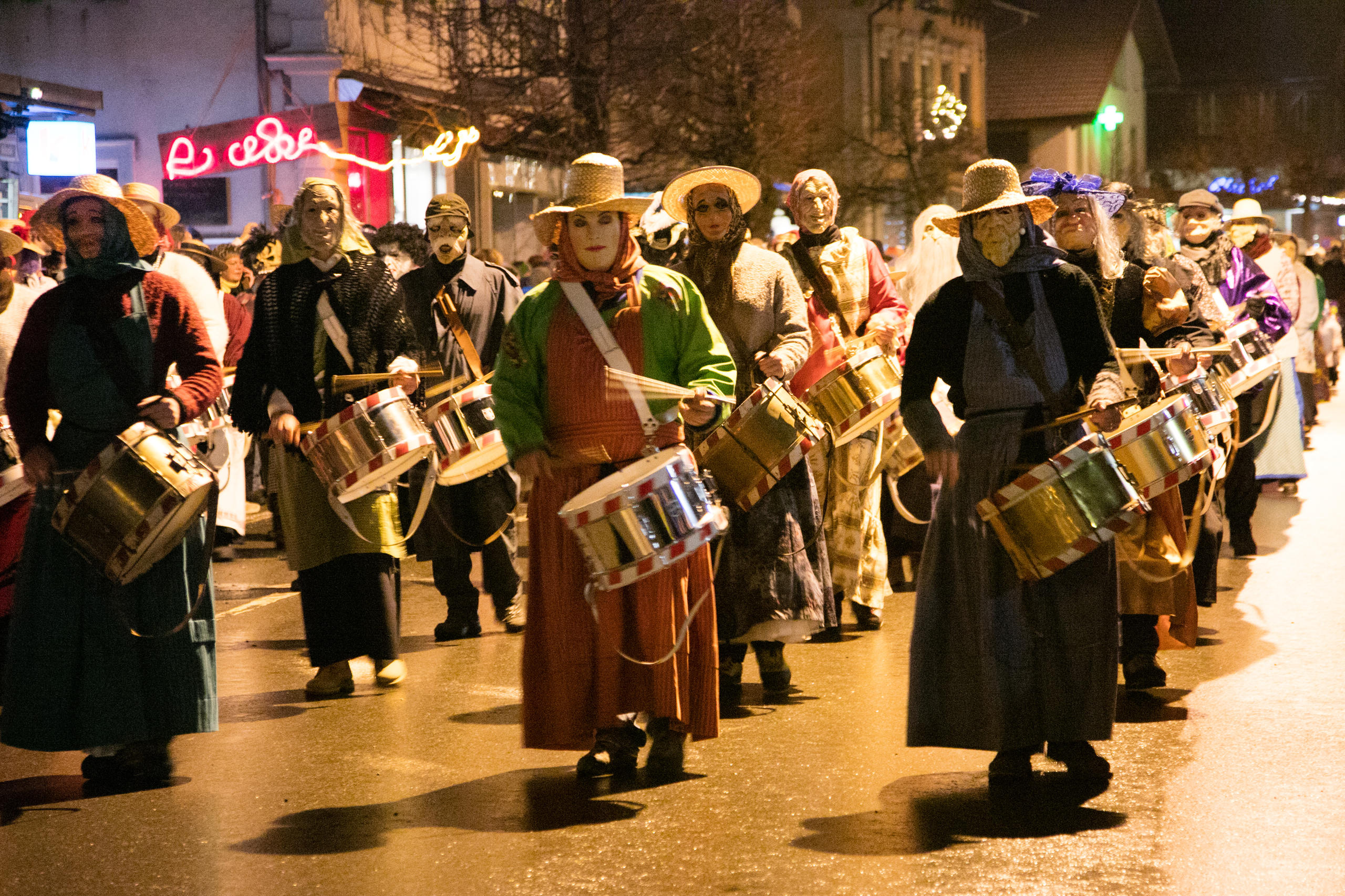On a wing and a prayer over Lake Geneva

The planet's best hang gliders and paragliders are dropping into Switzerland this month to take part in the first World Aerobatic Championships.
The competition is being organised a decade after pilots began seriously pushing the limits of their fragile craft and competing with each other over Lake Geneva.
“In the beginning, being spectacular was good enough,” says paraglider Dominique Steffen. “It didn’t matter whether you had planned a manoeuvre or not.”
Steffen was one the first Swiss pilots to tackle aerobatics with a paraglider at the end of the 1990s. In a few days time, he will be taking part in the inaugural world championships, organised during the annual Vertigo competition in Villeneuve near Montreux.
The event has gained in stature since the Swiss-based World Air Sports Federation (FAI) gave it official recognition earlier this year.
Created by test pilot Alain Zoller in 1997, the competition – now in its ninth year – has made Villeneuve a magnet for aerobatic specialists. Around 120 pilots, including 30 hang gliders, will take off from a meadow 800 metres above the lake.
After performing their aerial manoeuvres, they will try to land on a platform on the water just eight metres long by four metres wide. If they miss, they get wet along with their gear.
The pilots will be contending for the first world titles in solo paragliding, synchronised paragliding and individual hang gliding.
The best nations – France, Germany, Spain, the United States, Norway and Switzerland – will be fighting for a place on the podium. Tens of thousands of spectators are expected to line the lakeshore for the free show.
Pioneers
When Vertigo was first organised, only ten hang gliders and ten paragliders took part, improvising manoeuvres as they went along.
“I asked some test pilots to come and have some fun,” said Zoller. With no rules at the time, the organisers from Lausanne’s Delta Parapente Club had to decide just what constituted a figure and draw up evaluation criteria.
Those rules have for the most part been adopted by the FAI, even if this means that pilots have less room to improvise nowadays. Flights have become more precise and complex.
The federation was initially concerned about developments at the Vertigo competition. Its main worry – given that it sets out safety guidelines for this type of event – was that an accident would tarnish the image of all flying competitions.
But those concerns have been swept aside thanks to talks between the organisers and the FAI. Today, the federation recognises the role played by Vertigo in developing this spectacular discipline.
“Switzerland and Alain Zoller’s team were real pioneers,” said Thierry Montigneaux of the FAI.
swissinfo
Modern hang gliding was strongly influenced by Nasa technician Francis M. Rogallo in 1948 with the invention of the Flexkite.
From there, much of the development of hang gliders occurred in Australia, where the first hang glider manufacturing firms were established. Hang gliding’s popularity peaked in the 1980s.
Paragliding, which uses a flexible wing, is considered an alternative to hang gliding – easier to transport, but with lower performance.
Vertigo 2006:
August 16-18: training, qualification rounds and demonstrations.
August 19-25: individual hang gliding, individual and synchronised paragliding
August 26: finals
August 27: awards and demonstrations.

In compliance with the JTI standards
More: SWI swissinfo.ch certified by the Journalism Trust Initiative










You can find an overview of ongoing debates with our journalists here . Please join us!
If you want to start a conversation about a topic raised in this article or want to report factual errors, email us at english@swissinfo.ch.